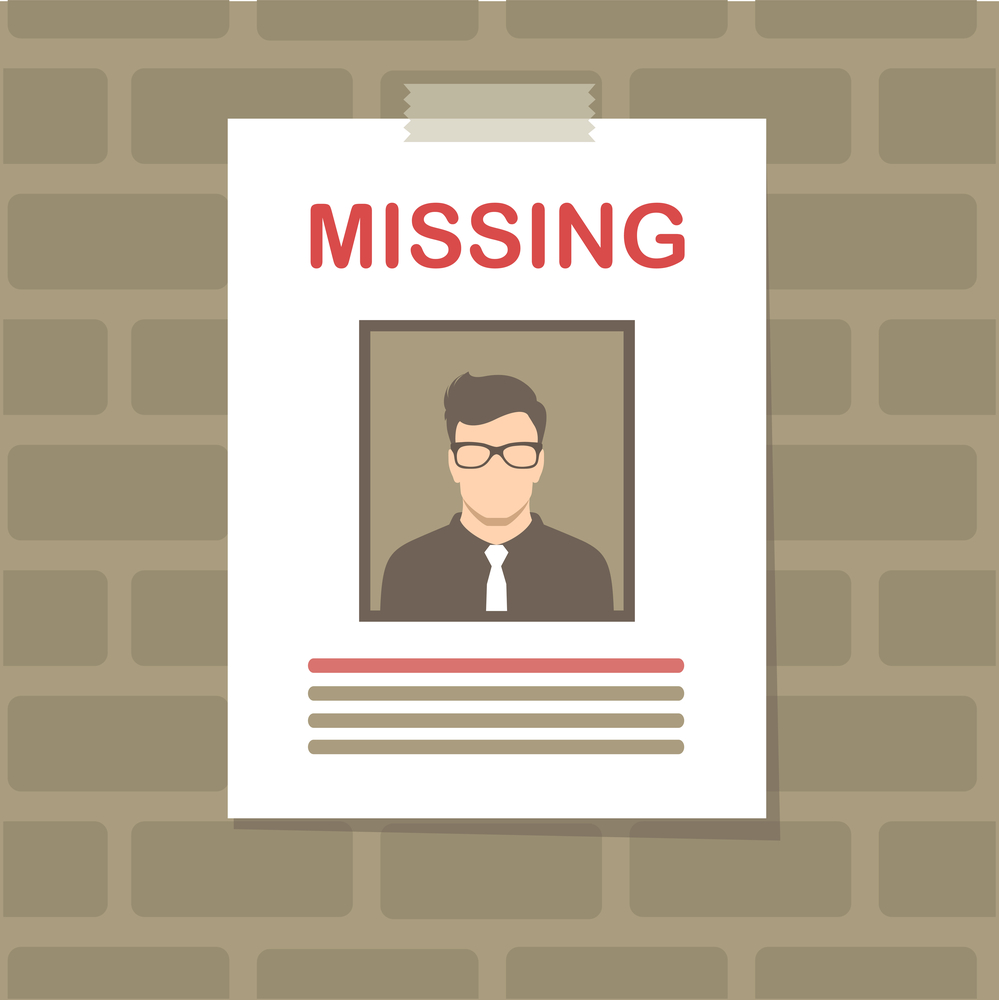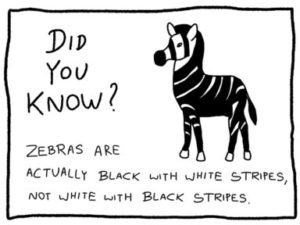Darkness and Mediation
{3 minutes to read} Someone once asked me what the key was to resolving a case in mediation. My answer was simple: “It starts getting dark out.” Funny perhaps, but truth is implicit in all humor. One of those truths is that almost all people participating in a mediation want it to succeed. Including those who say on the first phone call, “You know, there’s no way this case can settle.”
A related metaphor to the above is that mediation usually sheds light on things, though it doesn’t happen all at once. Facts emerge, positions get revealed, as do the reasons for those positions, and positions morph over time. Settlements are reached for all sorts of reasons, not the least of which is that everyone just wants to get it over with. Sometimes that happens in a day, several days, weeks, or even months. The desire to get a conflict over with and move on can often be quite a beneficial stimulus to resolving a case. And “when it gets dark out,” people say all sorts of things they couldn’t or wouldn’t have said at the start.











